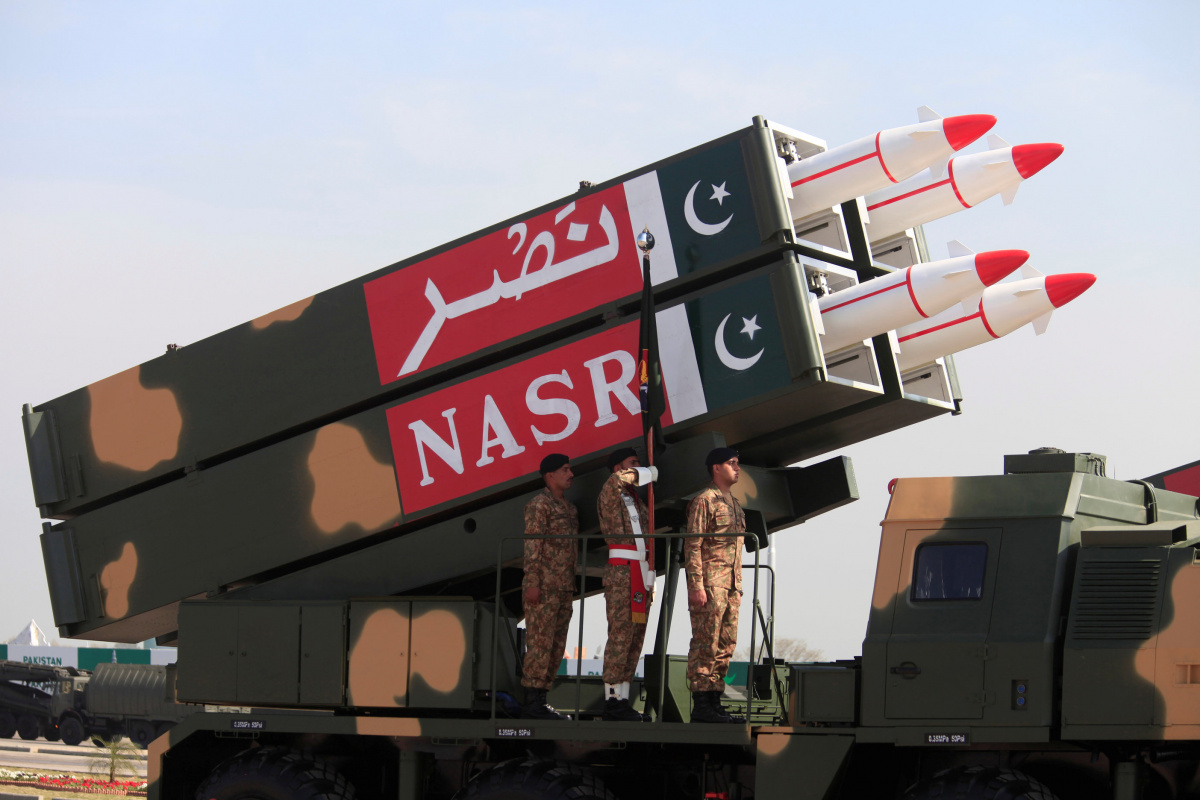 India and Pakistan: Inching Toward Their Final War?
India and Pakistan: Inching Toward Their Final War?
Mohammed Ayoob
Both India and Pakistan have between 120 and 140 nuclear warheads, according to estimates provided by the Arms Control Association. However a report produced in 2015 by the Carnegie Endowment for International Peace and the Stimson Center asserts that Pakistan may be outpacing India in terms of its nuclear stockpile, and may possess 350 nuclear warheads in the next five to ten years. A 2016 SIPRI report confirmed the assessment that Pakistan has more nuclear warheads than India.
However, what distinguishes the two neighbors’ nuclear-weapons programs from each other is not so much the pace of production or the size of the stockpiles, but their radically different nuclear doctrines. The major difference between the two countries’ nuclear doctrines is that while India has renounced first use of nuclear weapons, Pakistan has refused to do so by reserving its right to use nuclear weapons in the face of India’s conventional superiority.
So far, uncertainty regarding Pakistan’s nuclear threshold is the principal factor preventing a major conflagration in South Asia. Pakistan’s refusal to disavow first use of nuclear weapons, and its emphasis on amassing tactical nuclear weapons and short-range missiles as a corollary of its nuclear doctrine, can be explained in light of its conventional-force inferiority vis-à-vis India. It is in fact a mirror image of the American nuclear doctrine as applied to central Europe during the Cold War. The United States refused to disavow first use of nuclear weapons, and deployed tactical nuclear weapons in central Europe on a large scale, because of NATO’s presumed inferiority in terms of conventional power vis-à-vis that deployed by the Warsaw Pact.
India desisted from retaliating against terrorist bases or Pakistani military installations even when a massive terrorist operation launched from Pakistan targeted India’s financial capital, Mumbai, in November 2008. This attack lasted for more than sixty hours and left at least 174 people dead.
However, it seems that the logic of this deterrence is fast eroding. Attacks such as the one in Mumbai, and subsequent assaults on Indian military installations in Kashmir and elsewhere, have also provided justification for India’s hard-line Hindu nationalists to heighten anti-Pakistan rhetoric, and putting pressure on the Indian government to intensify its military response. In the past few months, Indian retaliatory attacks have targeted not only terrorist bases but also Pakistani military facilities, causing significant casualties among Pakistani forces.
The escalation in the last two years in terror attacks, especially by Jaish-e-Muhammad, with the obvious connivance of the Pakistan army, on Indian military targets in Kashmir and surrounding Indian states has made the situation very perilous. In the past several months, terrorist groups operating from Pakistan have undertaken several such major attacks, causing significant loss of life among Indian security forces.
No comments:
Post a Comment